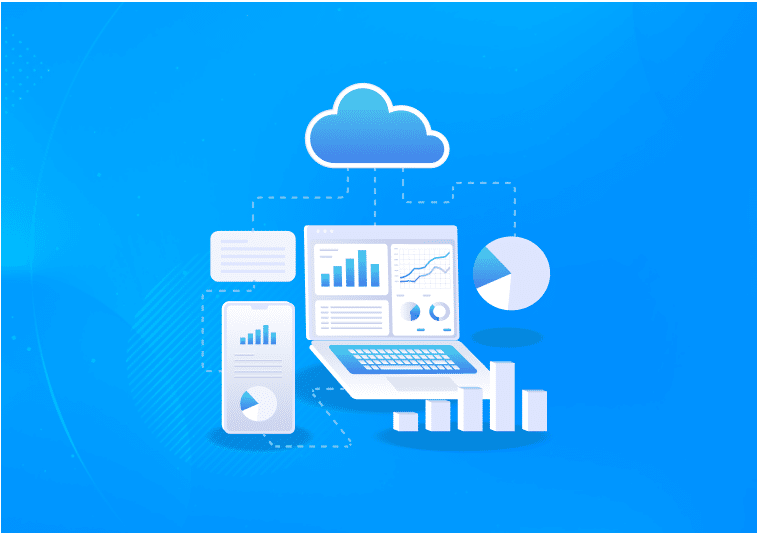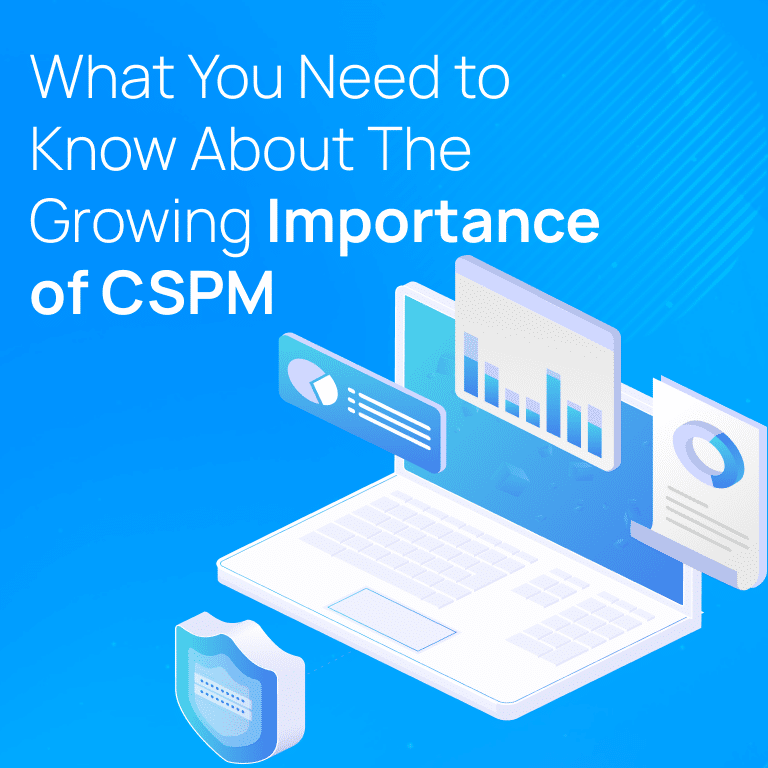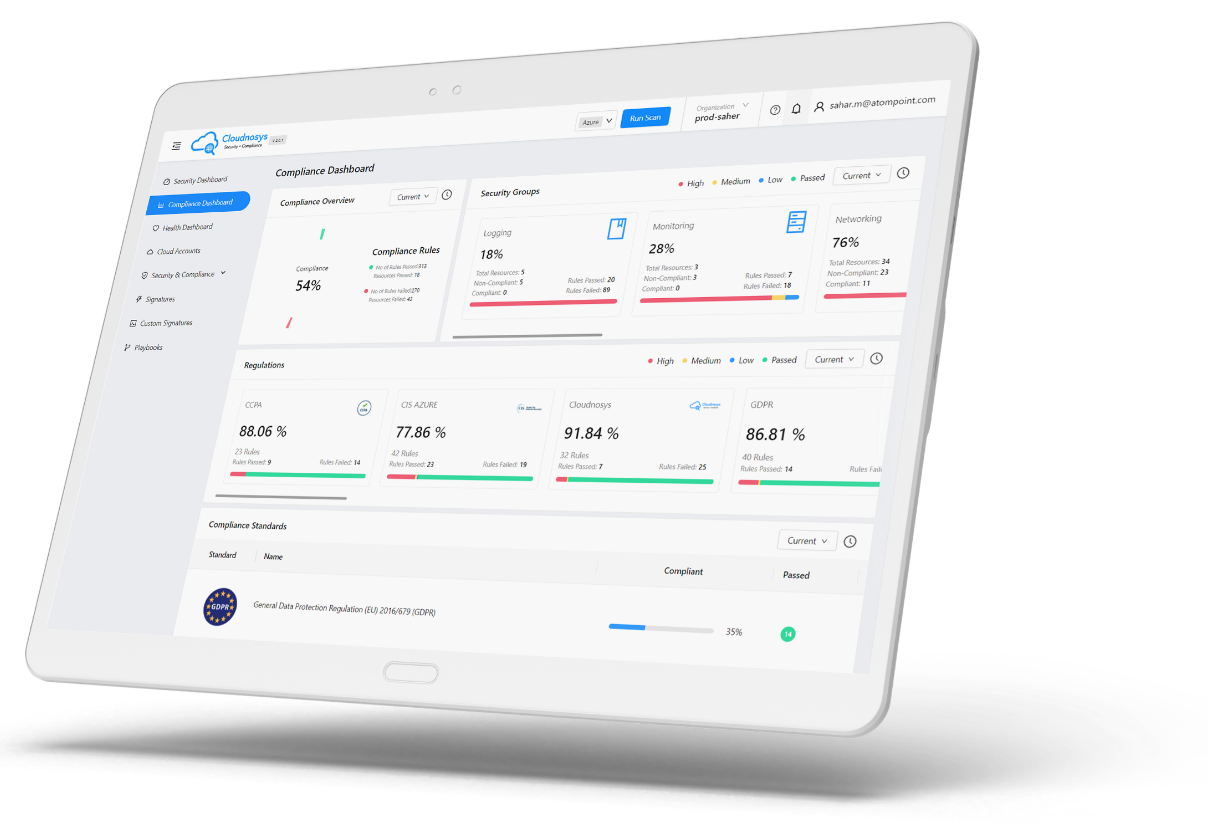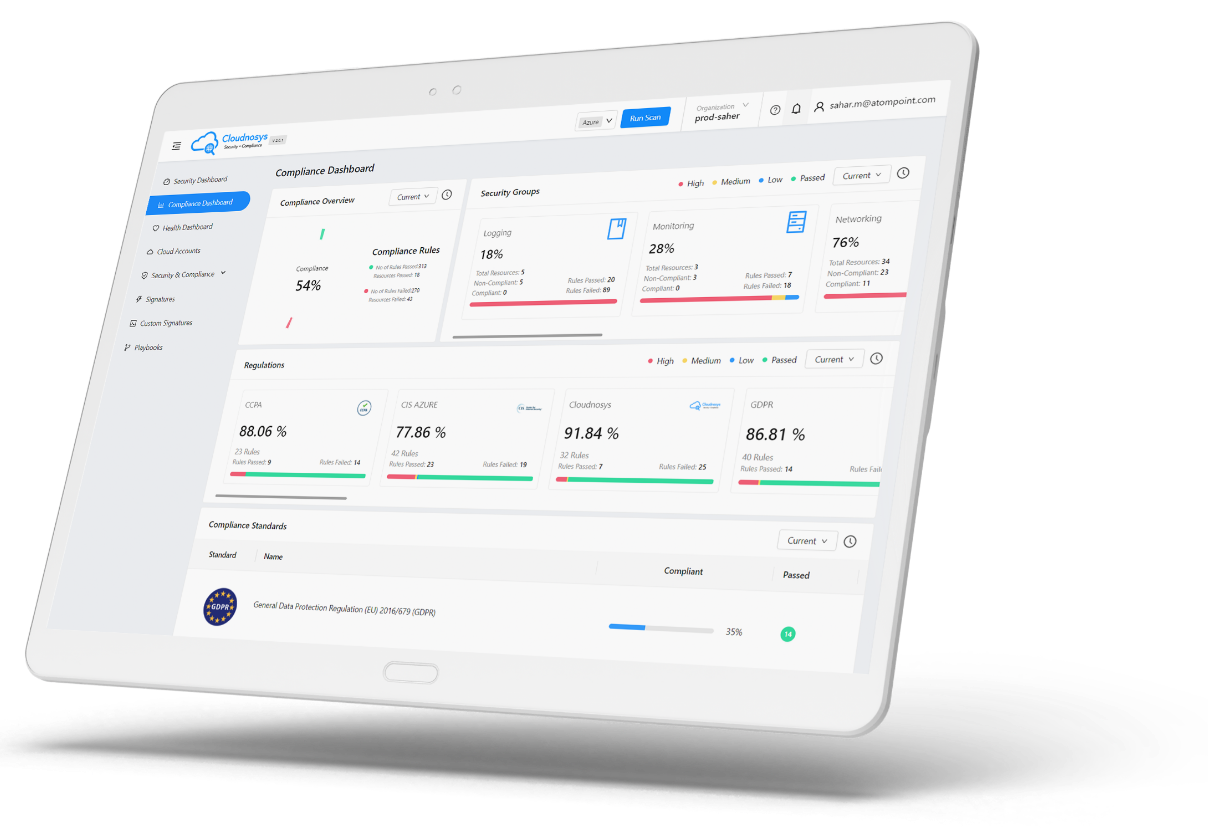In today’s digital landscape, where businesses heavily rely on cloud computing, ensuring the security and compliance of cloud environments has become a top priority. Cloud security frameworks play a crucial role in safeguarding sensitive data, protecting against cyber threats, and maintaining the integrity of cloud-based systems. In this blog post, we will explore the concept of cloud security frameworks, their significance in the realm of cybersecurity, and software tools on how they can help businesses mitigate risks and ensure a robust security posture.
Understanding Cloud Security Frameworks
Cloud security frameworks serve as a structured approach to managing security in cloud environments. They provide a comprehensive set of guidelines, best practices, and controls that organizations can adopt to secure their cloud infrastructure, applications, and data. These frameworks offer a systematic way to assess risks, implement security controls, and monitor ongoing security operations.
Common Cloud Security Frameworks
a. CSA Security Guidance:
The Cloud Security Alliance (CSA) provides a widely recognized framework that offers in-depth guidance on securing various aspects of cloud computing, including architecture, governance, operations, and data security. It encompasses a broad range of security controls and recommendations for different cloud deployment models.
b. NIST Cloud Computing Security Reference Architecture and Cyber Security Framework (CSF):
The National Institute of Standards and Technology (NIST) offers a comprehensive reference architecture for securing cloud environments. It provides a detailed framework that covers areas such as identity and access management, data protection, incident response, and continuous monitoring.
c. ISO 27017:
This international standard ISO 27017 focuses on cloud-specific security controls and guidelines. It provides organizations with a framework for implementing and managing cloud security, addressing aspects such as data privacy, supplier relationships, and compliance.
Benefits of Cloud Security Frameworks
Implementing a cloud security framework offers several benefits to organizations:
Enhanced security posture:
By adopting industry-standard security controls and best practices, businesses can strengthen their overall security posture in the cloud.
Regulatory compliance:
Cloud security frameworks often align with regulatory requirements, making it easier for organizations to demonstrate compliance with industry standards and regulations.
Risk mitigation:
Cloud security frameworks help businesses identify and mitigate potential security risks, reducing the likelihood of data breaches and other cybersecurity incidents.
Scalability and flexibility:
These frameworks are designed to adapt to evolving cloud technologies, ensuring that security measures remain effective as organizations scale their cloud infrastructure.
Key Components of a Cloud Security Framework
a. Risk Assessment and Management:
Conducting thorough risk assessments helps identify potential vulnerabilities and threats within the cloud environment. By understanding these risks, organizations can develop appropriate risk management strategies and prioritize security controls.
b. Identity and Access Management:
Effective identity and access management (IAM) is essential for controlling user access and ensuring that only authorized individuals can access sensitive data and resources within the cloud environment.
c. Data Protection and Encryption:
Data protection measures, such as encryption and data loss prevention techniques, are crucial for safeguarding sensitive information. Implementing encryption mechanisms helps protect data at rest, in transit, and during processing.
d. Incident Response and Recovery:
A well-defined incident response plan is essential for swiftly detecting, responding to, and recovering from security incidents. Organizations should establish incident response procedures that outline roles, responsibilities, and steps to minimize the impact of an incident.
e. Continuous Monitoring and Auditing:
Ongoing monitoring and auditing of the cloud environment help detect anomalies, unauthorized activities, and potential security breaches. Implementing monitoring tools and conducting regular audits ensure that security controls are functioning effectively.

FAQ: Frequently Asked Questions about Cloud Security Frameworks
Q1. What is the role of cloud security frameworks in compliance?
Cloud security frameworks provide organizations with guidelines and controls that align with industry standards and regulatory requirements. Implementing these frameworks helps organizations demonstrate compliance with relevant security and privacy regulations.
Q2. How can cloud security frameworks help organizations ensure data privacy?
Cloud security frameworks offer guidelines and controls for implementing data protection measures, such as encryption and access controls. By adhering to these frameworks, organizations can ensure the privacy and integrity of their data in the cloud.
Q3. Are there any specific considerations for multi-cloud or hybrid-cloud environments?
Yes, organizations with multi-cloud or hybrid cloud environments should consider the interoperability and compatibility of different cloud security frameworks. Choosing frameworks that can be effectively implemented across multiple cloud platforms is important.
Q4. How often should organizations review and update their cloud security frameworks?
Cloud security frameworks should be reviewed and updated regularly to address emerging threats, changes in regulations, and advancements in cloud technologies. It is recommended to conduct periodic assessments and revise the frameworks as needed.
Q5. What are the challenges associated with implementing cloud security frameworks?
Some common challenges include ensuring consistent implementation across different cloud platforms, addressing the dynamic nature of cloud environments, and aligning security controls with business requirements. Organizations should carefully plan and allocate resources to overcome these challenges.
Q6. What tools are available to manage security and compliance frameworks?
There are three types of vendors in this category. One set of vendors only focuses on giving you a framework process to work with and guiding you through how to collect the evidence and manage the process from start to finish. Let’s say you want to implement SOC-2, or ISO27001 there are Governce Risks and Compliance (GRC) tools that can handle this, like Archer, and OneTrust and there are hundreds of these tools. Then there is another category where security tools collect the findings from scans and format them for GRC or compliance frameworks tools. Think of it as the input to these tools. This automates the technical findings collection process, hence saving you months of time in analyzing technical controls. Such vendors are Prisma Cloud, Wiz.io, Oraca Security, and Cloudnosys. The third type of vendor purely focuses on remediation automation. When technical controls fail and violate these security frameworks, this is when Security Orchestration Automation and Remediation (SOAR) products come into play. There are many vendors in this space like Palo Alto (Dimesto), Splunk (Swimlane), and Cloudnosys – playbooks.
Best Practices for Implementing Cloud Security Frameworks:
- Clearly define security objectives and align them with business goals.
- Involve stakeholders from different departments to ensure cooperation and understanding of security requirements.
- Regularly update and patch cloud infrastructure and applications to address vulnerabilities.
- Implement multi-factor authentication to enhance user access security.
Conduct regular security awareness training for employees to promote a security-conscious culture.











